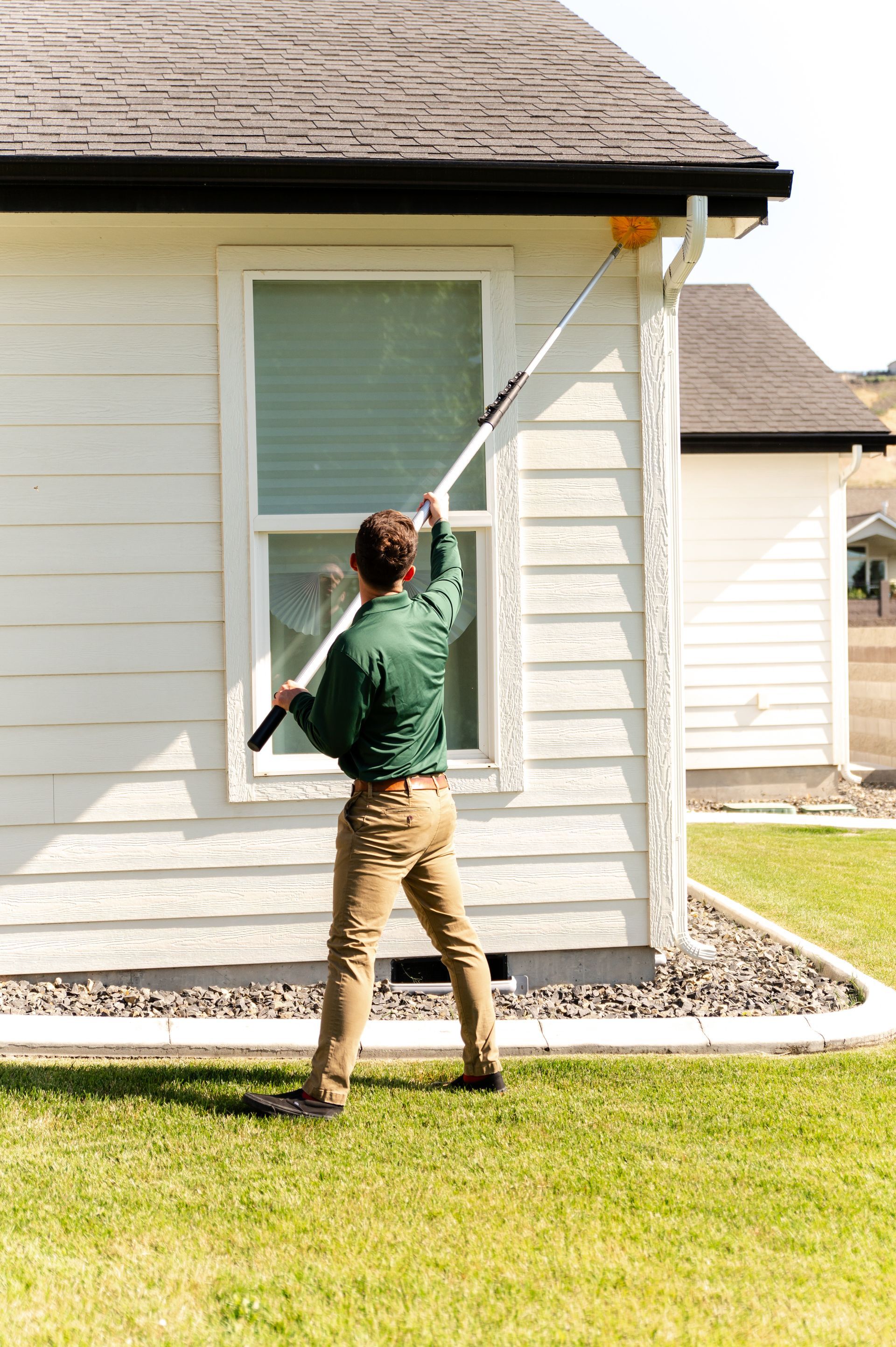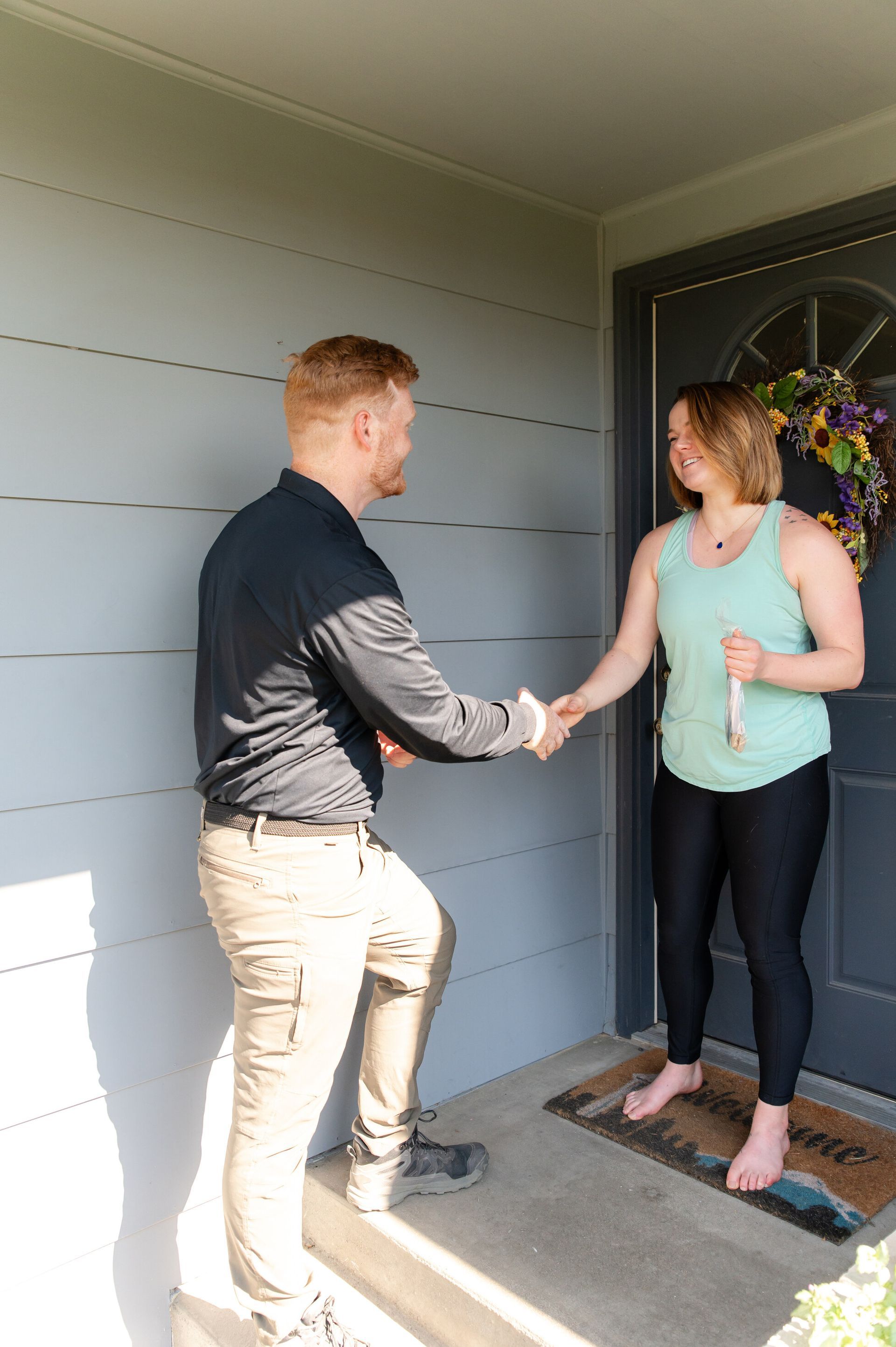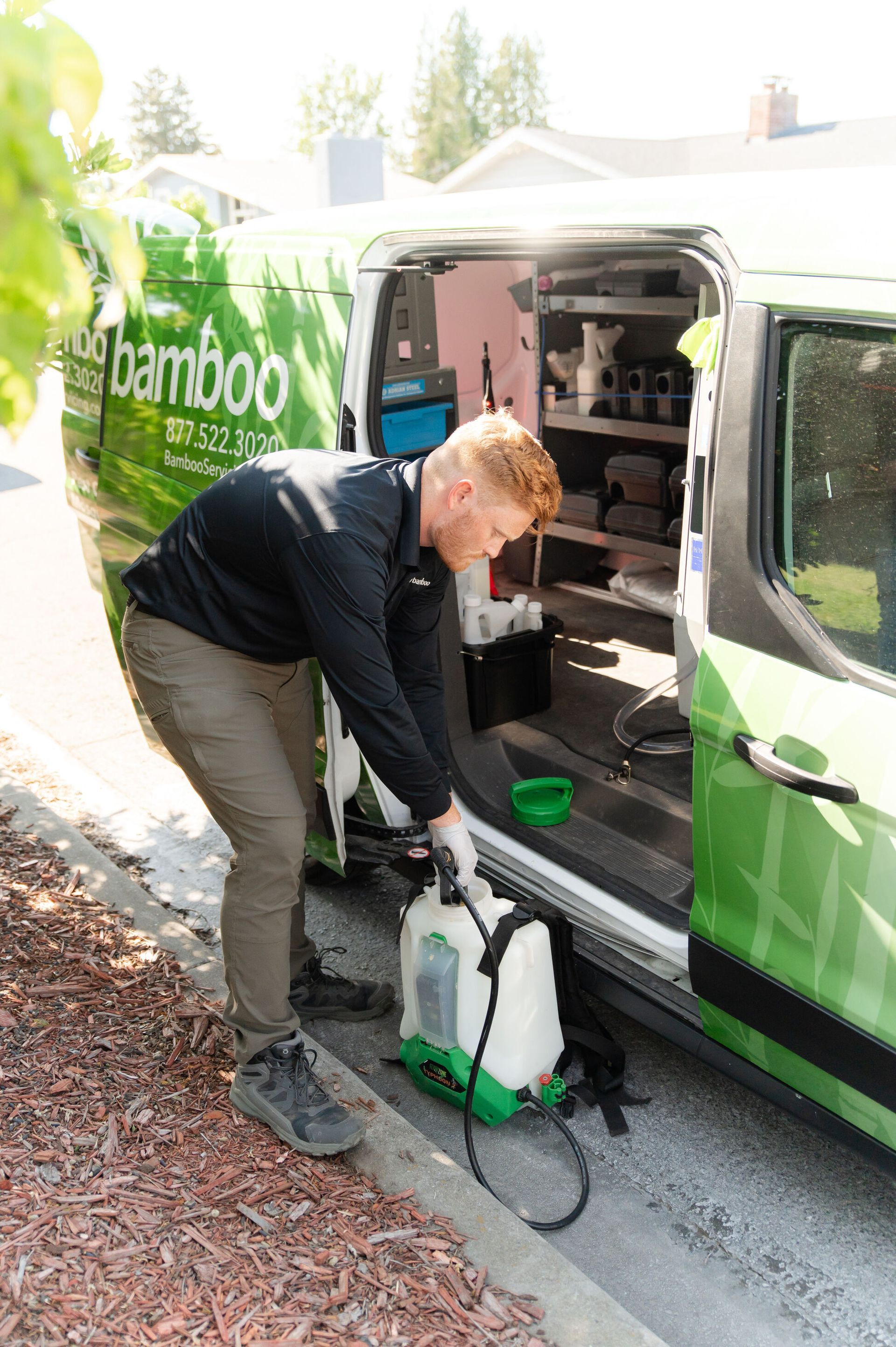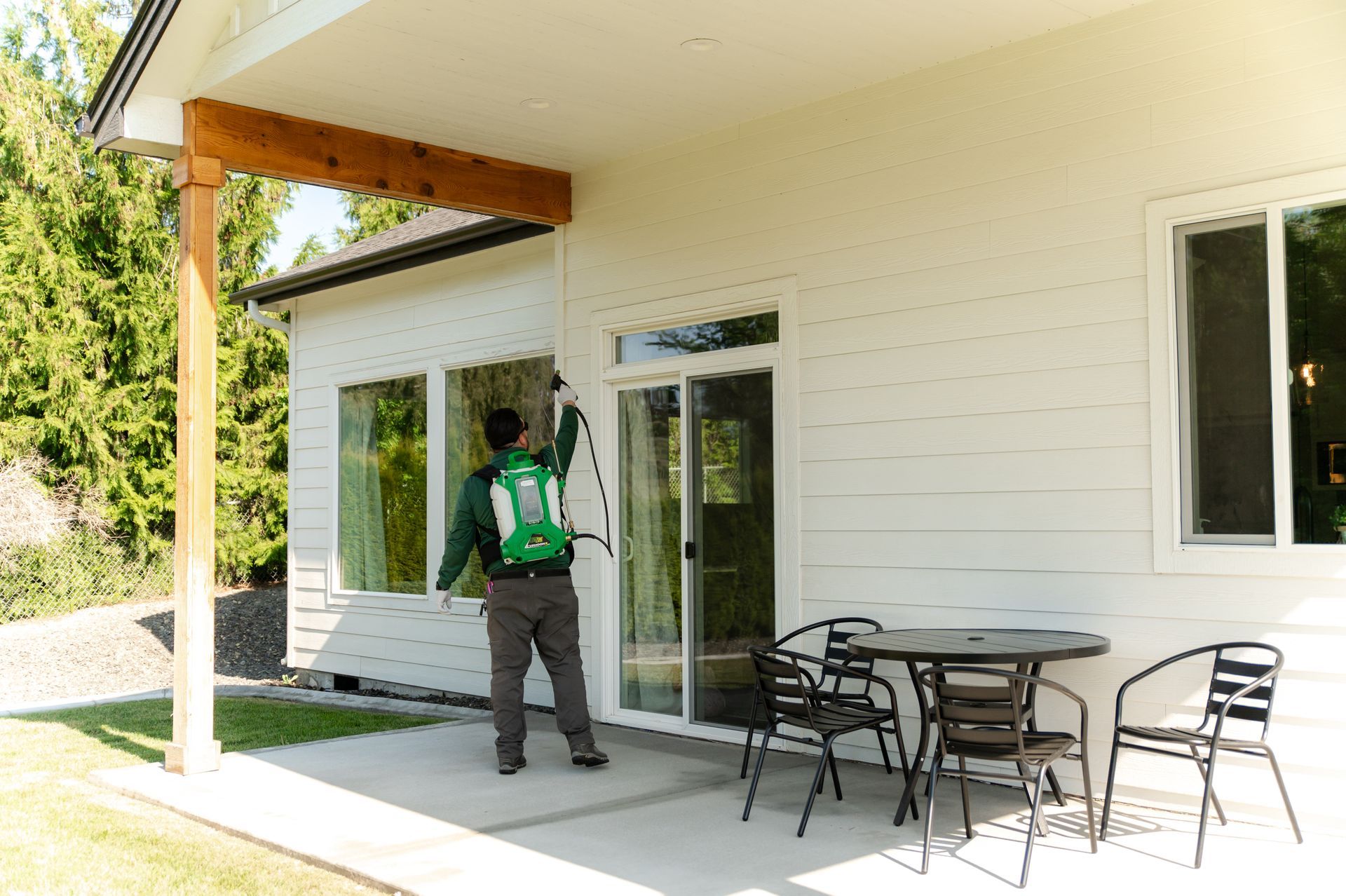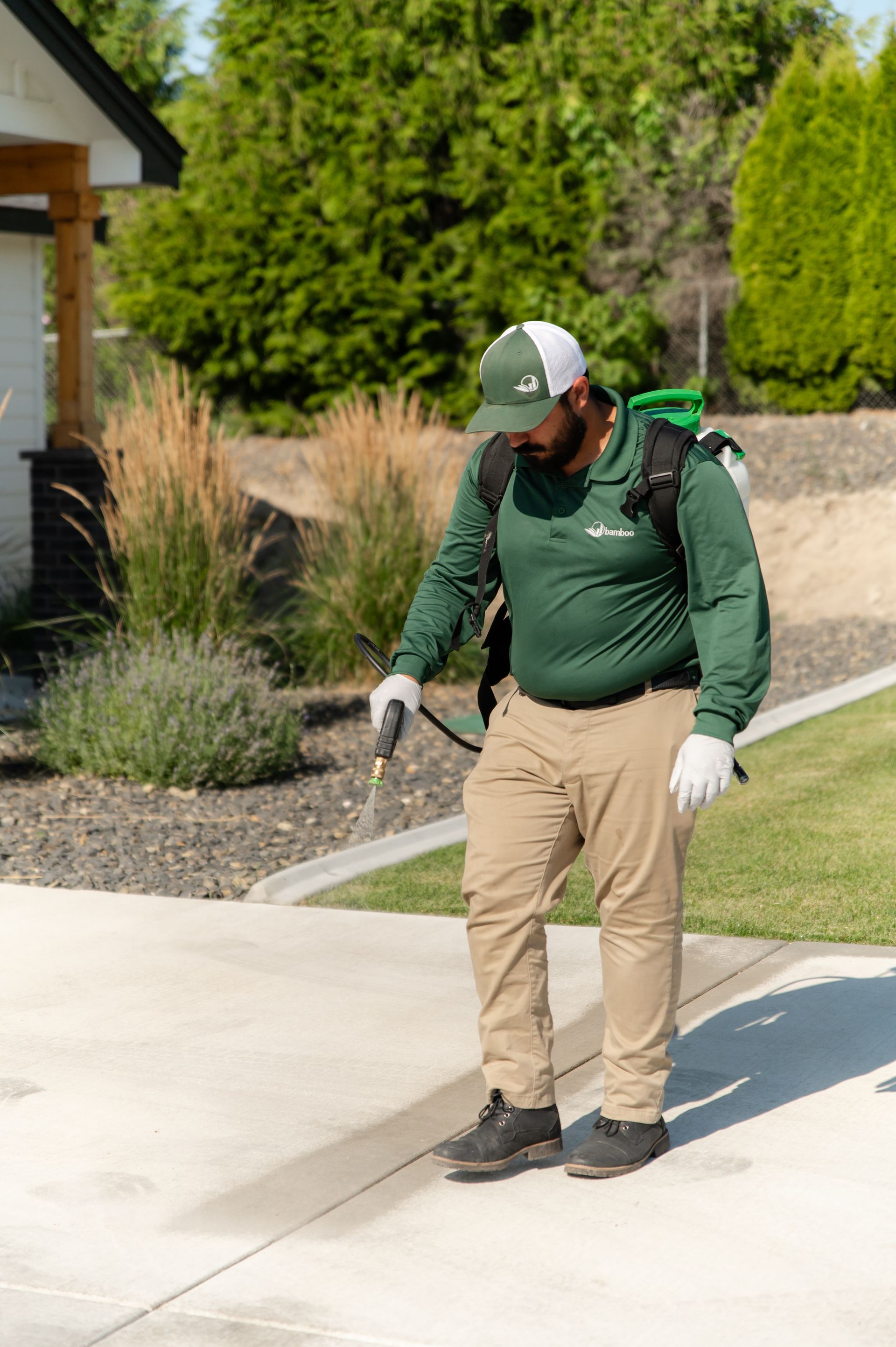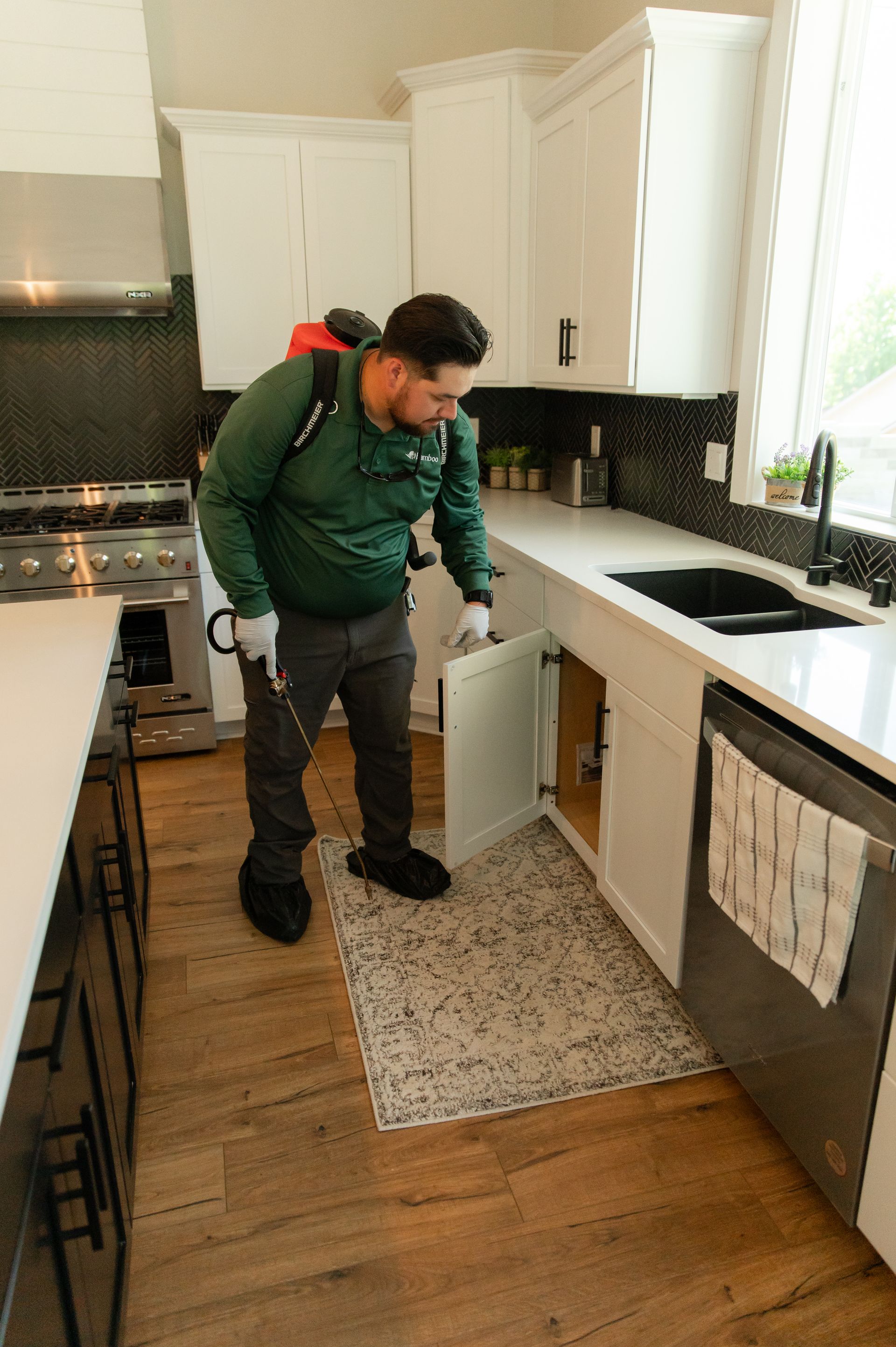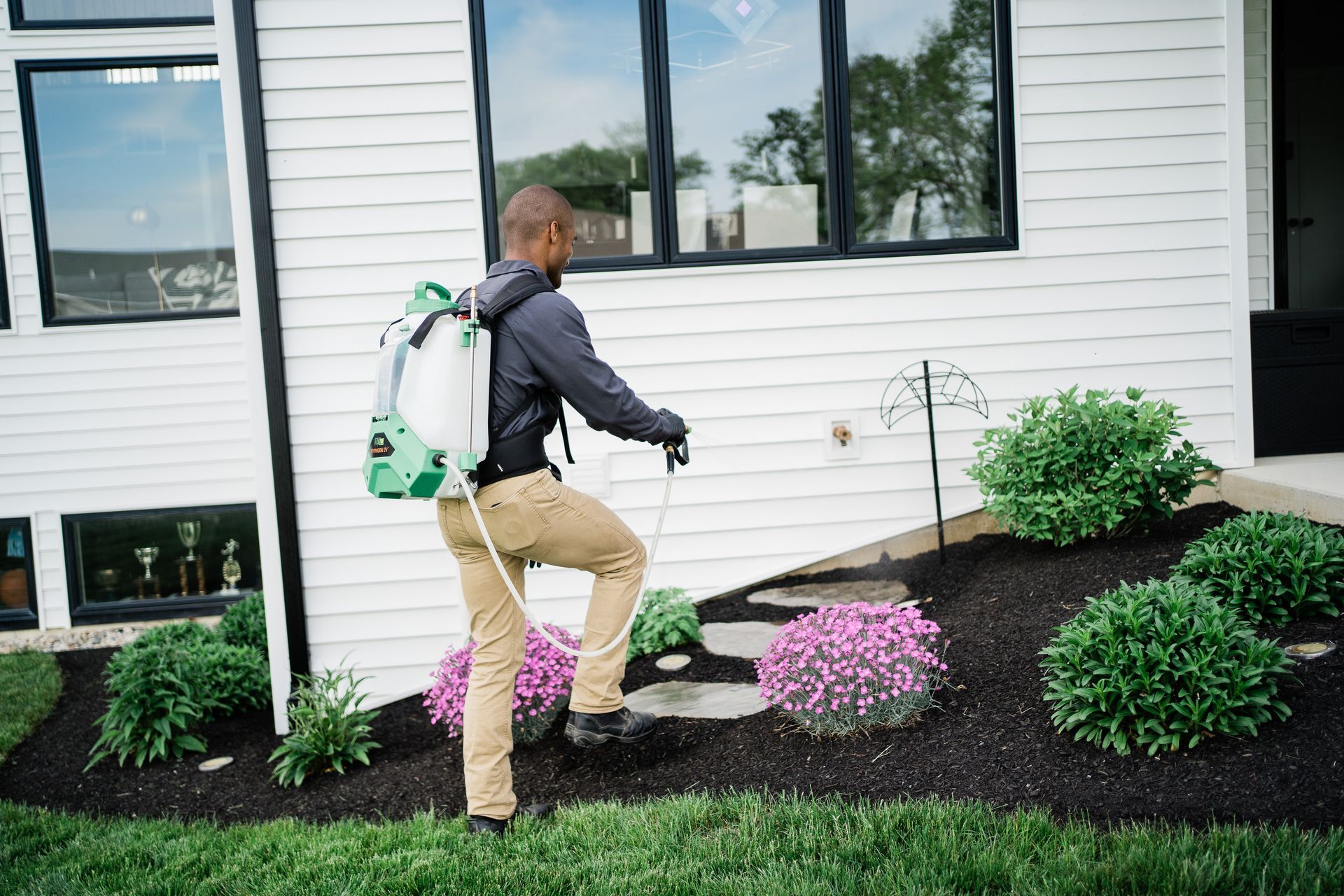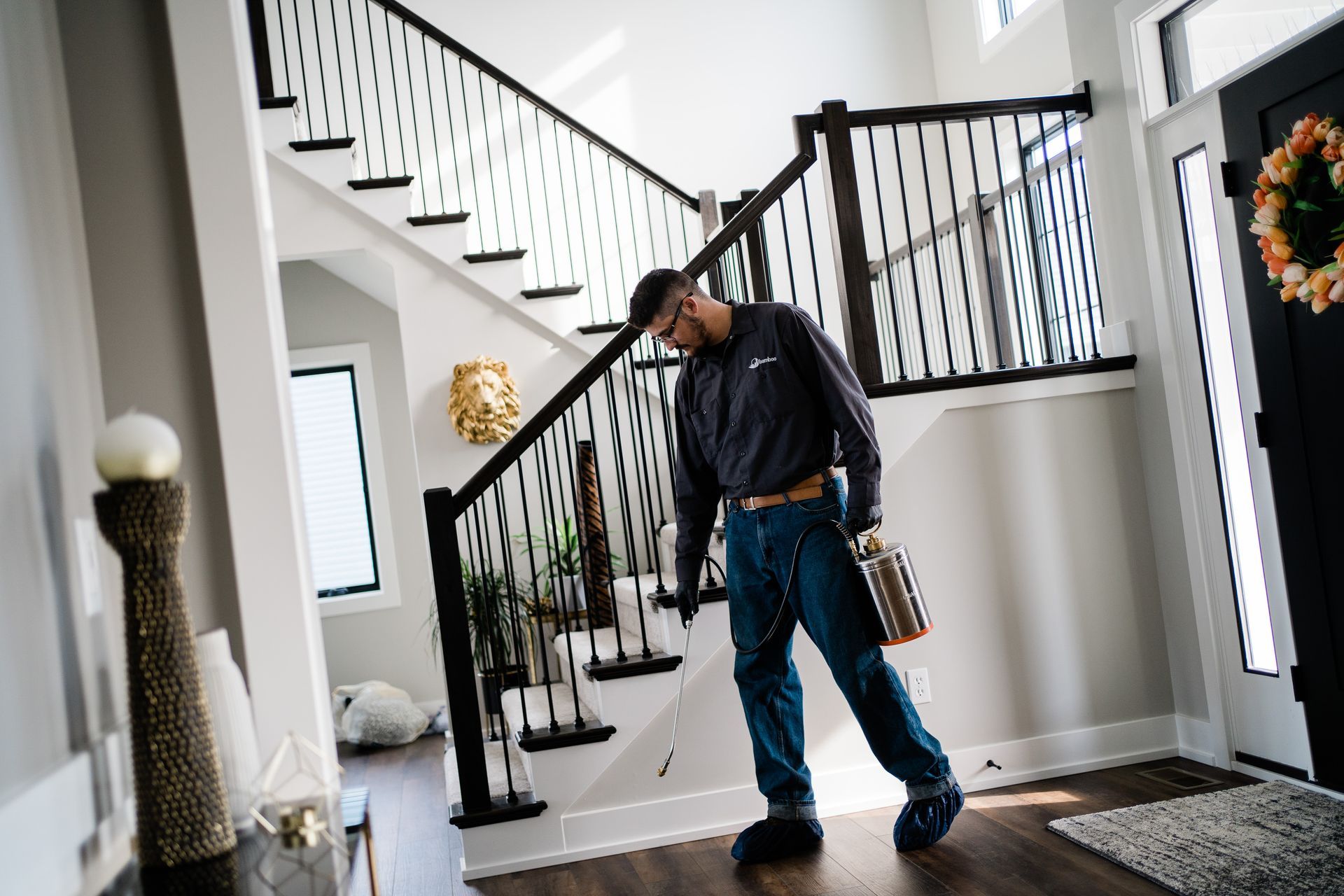When Pest Control Comes, Where Do They Spray?
When and where do pest control technicians spray?
Keeping your home pest-free is vital to maintaining a healthy and comfortable living space. Whether you're dealing with ants in the kitchen, spiders in the basement, or cockroaches sneaking around at night, pests can be a nuisance. Many homeowners turn to professional pest control services to help protect their homes. But a common question that arises is, “Where exactly do Redmond pest control technicians spray when they come to treat your home?” In this comprehensive guide, we will break down the most common areas where pest control sprays are applied, both inside and outside, to give you a better understanding of the process.
The Exterior: Your First Line of Defense
The first place pest control technicians usually focus on is the exterior perimeter of your home. Think of this as the first line of defense against pests. By spraying outside, they create a barrier that prevents bugs and other pests from entering your home in the first place.
- Foundation: One of the primary areas targeted during an exterior treatment is the foundation of your home. Technicians apply the spray along the base of the home, sealing off any potential entry points. This step is crucial for keeping ants, spiders, and other small insects from sneaking inside.
- Doors and Windows: Pests often find their way into homes through gaps around doors and windows. Pest control professionals will treat these areas to ensure that bugs can’t slip through these common entry points.
- Other Entry Points: Any small cracks or crevices, such as those around plumbing or utility lines that enter the home, can be treated as well. This prevents pests from using these hidden entrances to invade your living space.
By focusing on the exterior of your home, pest control technicians create a protective shield. This helps reduce the likelihood of needing heavier treatments inside, saving both time and effort.
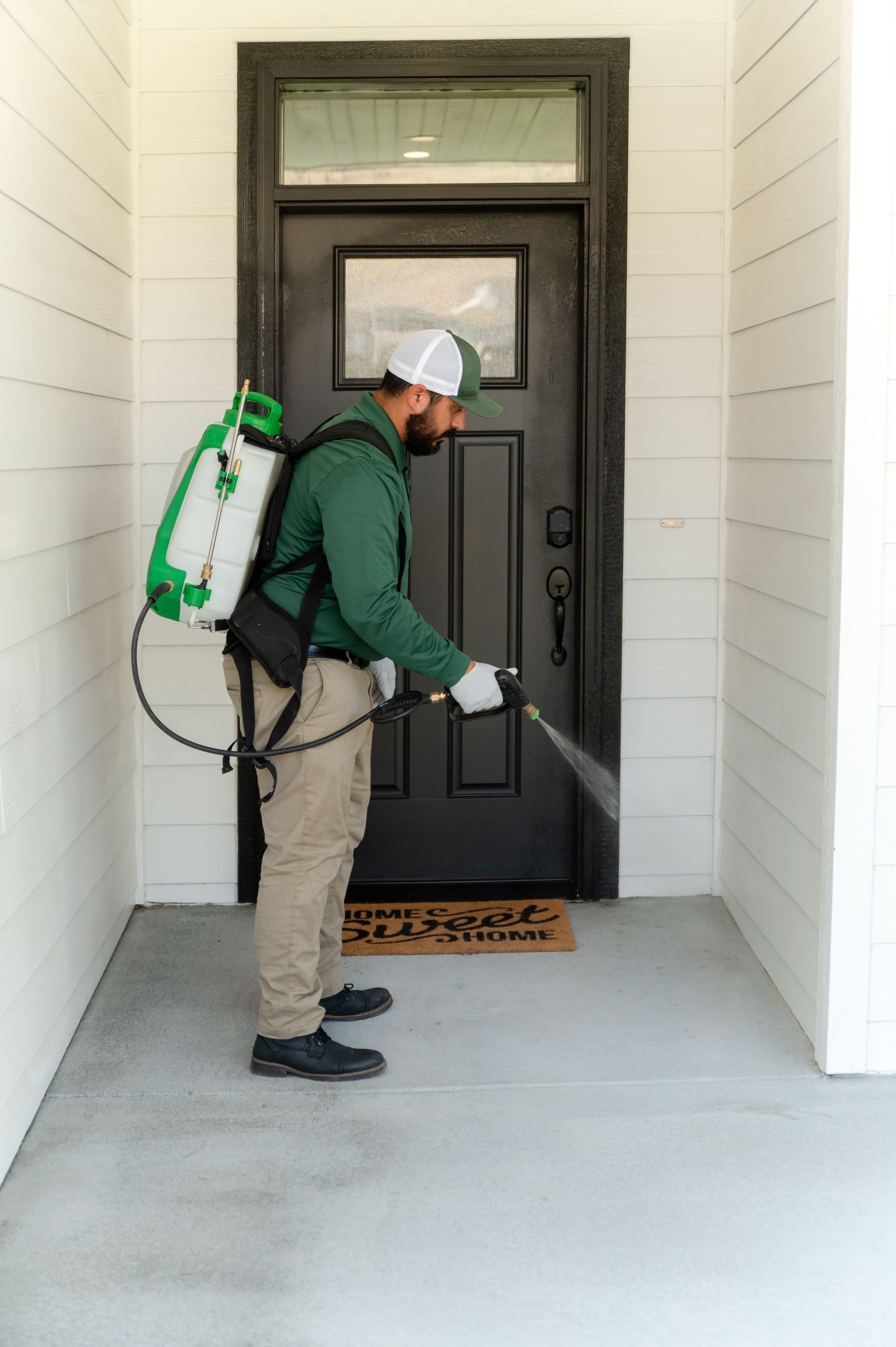
Interior Areas: Targeting High-Traffic Zones for Pests
Once the exterior is treated, pest control professionals may move inside your home. Interior treatments are typically reserved for places where pests are more likely to gather. These areas are chosen based on the type of pest problem you’re facing, but some common areas often get sprayed in most homes.
- Kitchen and Pantry: Kitchens are prime locations for pests like ants, cockroaches, and pantry moths. With the abundance of food and moisture, these areas attract pests easily. Pest control technicians will often spray along baseboards, under sinks, and inside cabinets to target and eliminate pests that may have already found their way in. By applying treatments here, they can also prevent future infestations from forming.
- Bathrooms: Bathrooms are another hotspot for pests, particularly because of the moisture. Silverfish, drain flies, and cockroaches can thrive in damp environments. Pest control experts will often spray around pipes, drains, and under sinks to prevent these pests from breeding and spreading further into the home.
- Living Rooms and Bedrooms: These rooms are less likely to be sprayed unless specific pests like bed bugs or fleas are present. If necessary, pest control treatments may focus on areas around beds, furniture, and even carpets to target these pests and stop them from causing further problems.
- Attics and Basements: These low-traffic areas can become hiding spots for pests like spiders, rodents, or even termites. Pest control technicians will often spray around the perimeter of attics and basements, especially along foundations or any visible cracks. These spaces can become prime areas for pests to nest undisturbed, making it essential to treat them.
Specific Areas Based on Pest Type
In some cases, a more targeted approach is needed depending on the specific pest problem in your home. Certain pests live in harder-to-reach areas that require different treatments.
- Wall Voids: If you have pests such as ants or cockroaches nesting inside your walls, pest control experts might inject spray into wall voids. This involves drilling small holes into the wall to insert the treatment, which eliminates the pests without having to damage the walls.
- Crawl Spaces and Foundations: Homes with crawl spaces are at risk for infestations from pests like termites or ants. Pest control technicians may apply treatments in these spaces to prevent infestations from spreading into the home. If termites are present, special treatments might also be applied directly to the foundation to eliminate the colony.
- Garages, Sheds, and Other Outdoor Structures: Outdoor spaces like garages, sheds, and storage areas can also become home to pests, particularly if these spaces are not used frequently. Technicians will spray both inside and outside these structures to create a barrier and prevent pests from nesting in these areas.
The Importance of Spraying Different Areas
Pests can hide in many places throughout your home, so it's important that pest control technicians target multiple areas during treatment. By treating both the exterior and interior of your home, pest control experts can prevent pests from entering and eliminate those that have already made their way inside.
The treatment is typically focused on high-traffic areas for pests, but pest control professionals will also consider the specific type of infestation you're dealing with. For example, if you're facing a termite infestation, special attention will be given to the foundation and any wooden structures that termites may be feeding on.
Creating a Pest-Free Environment
Ultimately, a pest control technician’s goal is to treat all of the areas where pests are likely to hide or enter. By focusing on both the inside and outside of your home, they help create a pest-free environment. A well-rounded treatment plan that includes these areas will help to prevent pests from causing damage to your home or spreading diseases.
In most cases, spraying the exterior of your home and key interior areas is sufficient to keep pests at bay. However, depending on the severity of the problem, more intensive treatments might be required. The key is being proactive and addressing any pest issues before they become bigger problems.
For more information about our pest control services or to schedule a consultation, contact Bamboo Pest Control today. Let us help you protect your property with our safe, effective, and eco-friendly pest control solutions.
Our Additional Posts On Pest Control
For service call: (425) 230-4117
Copyright © 2024 - Redmond Pest Control by Bamboo All Rights Reserved

